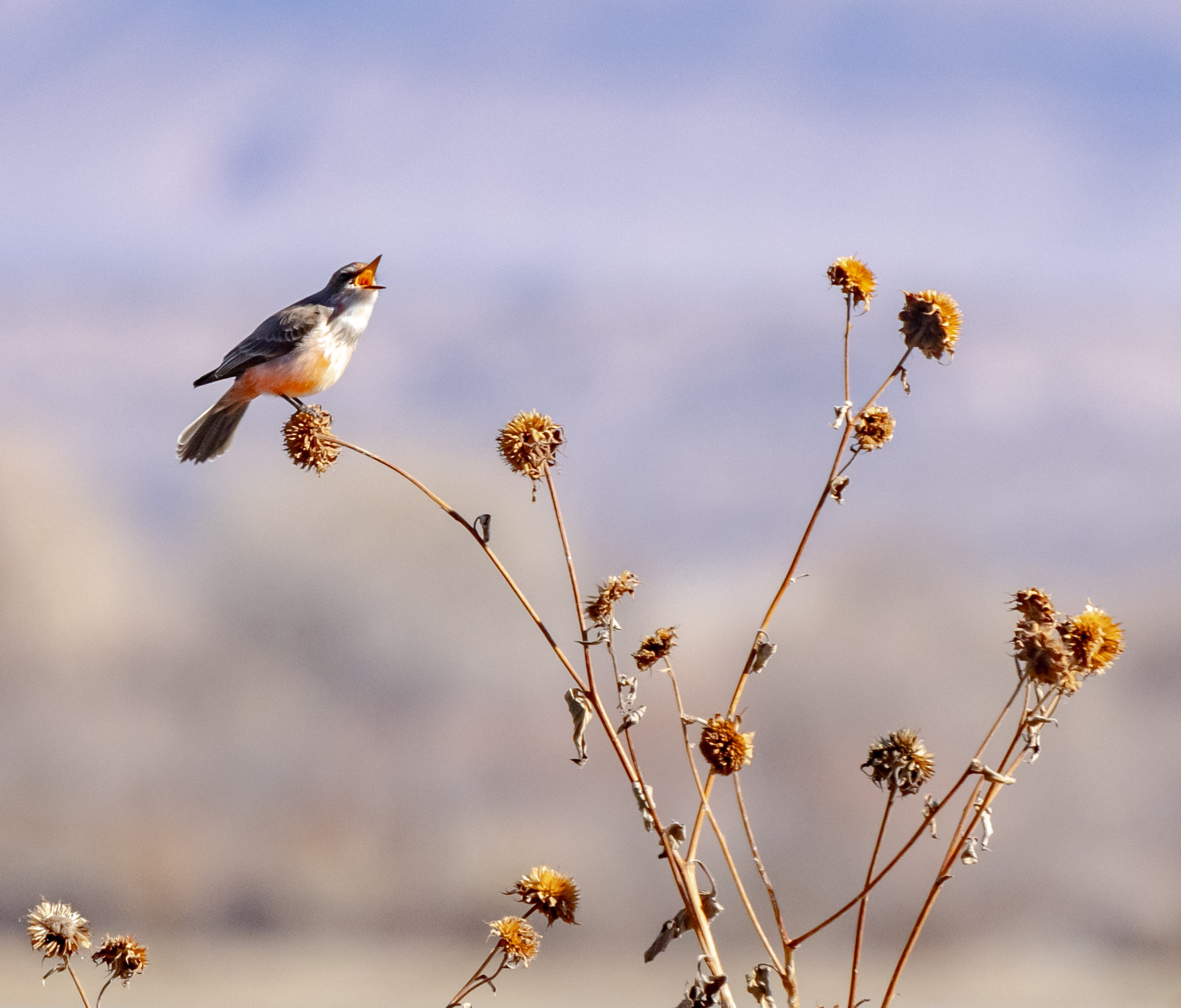
Come Fly With Me
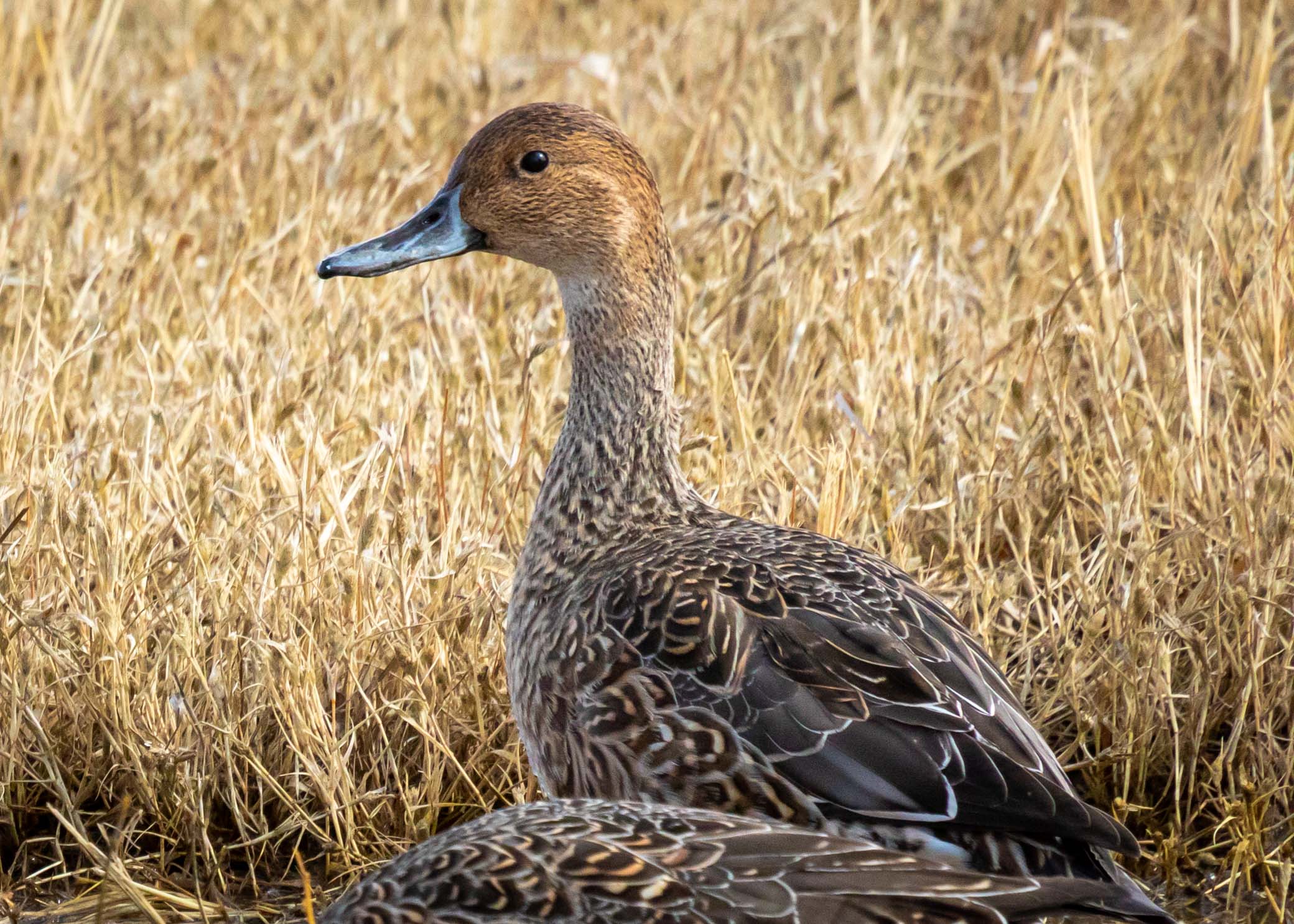
Northern Pintail - Female
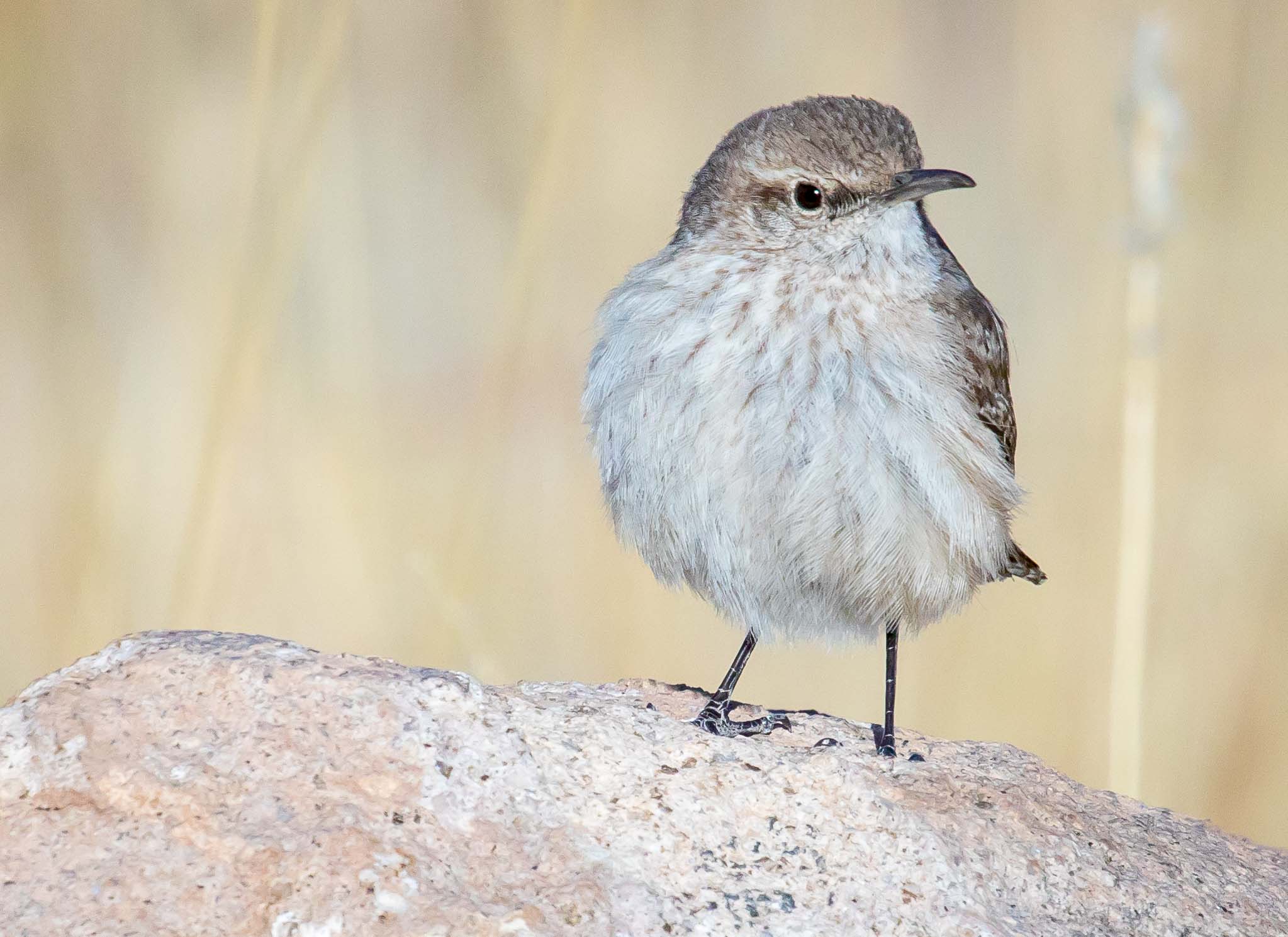
Rock Wren
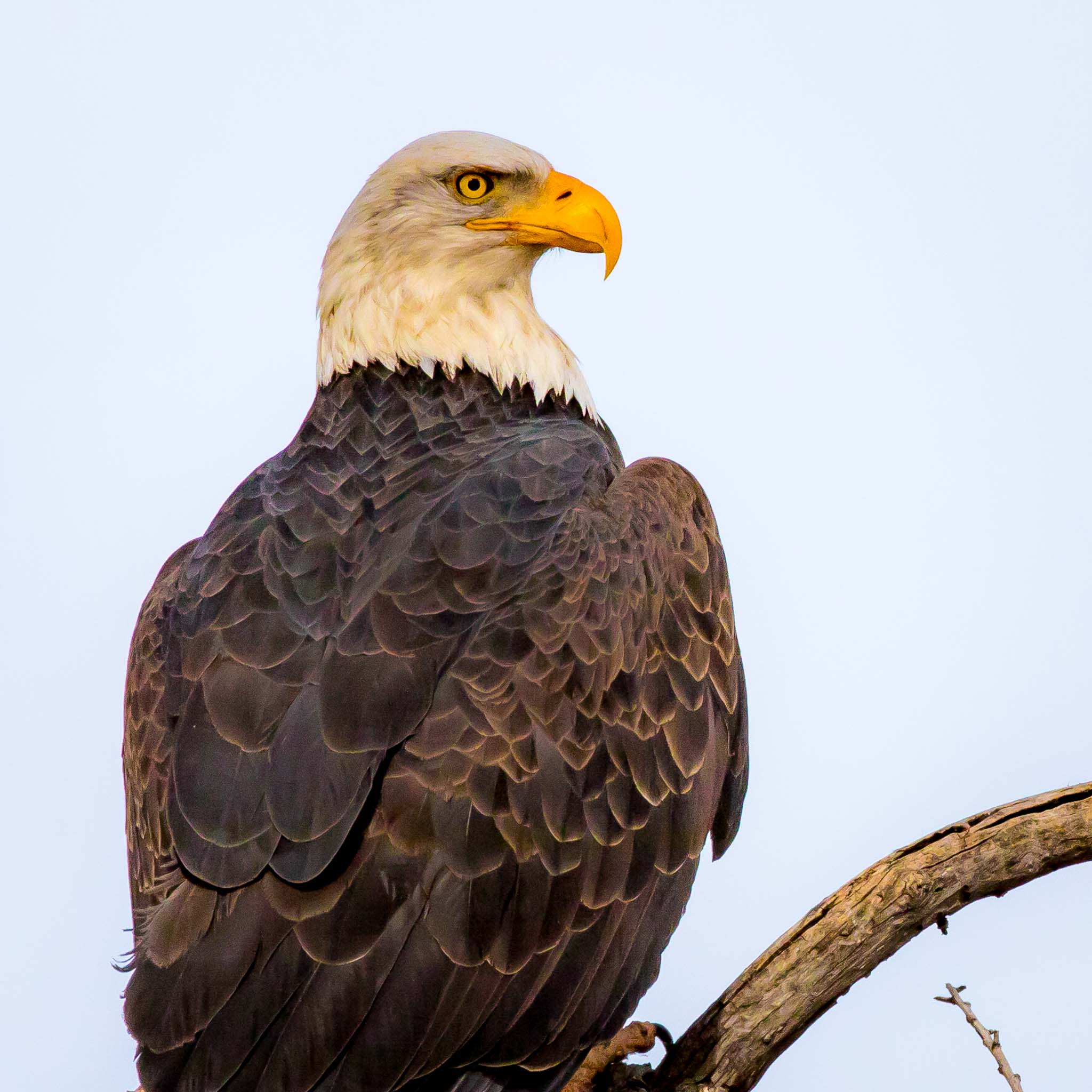
May 2017 Rest in Peace
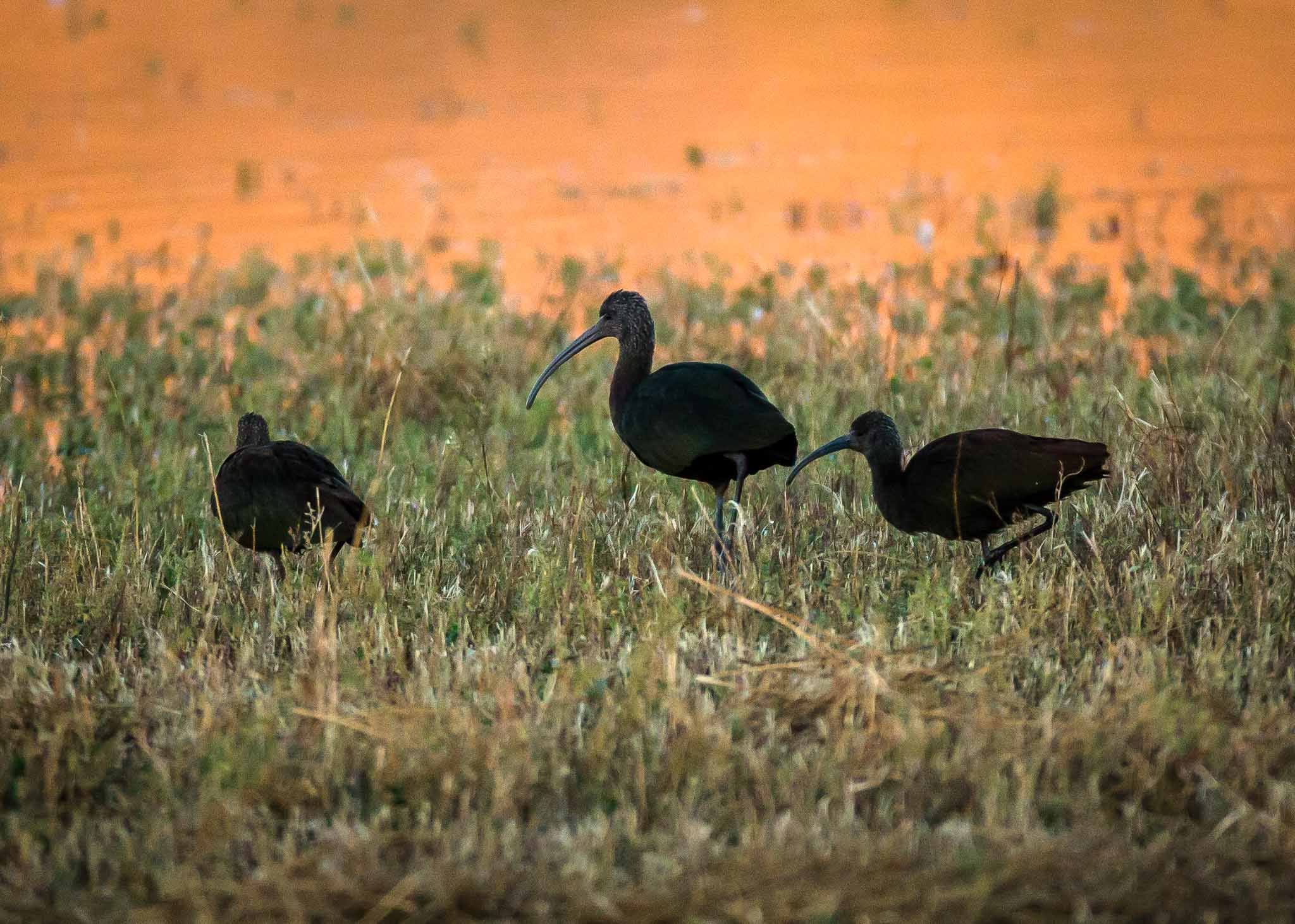
Breakfast at Dawn
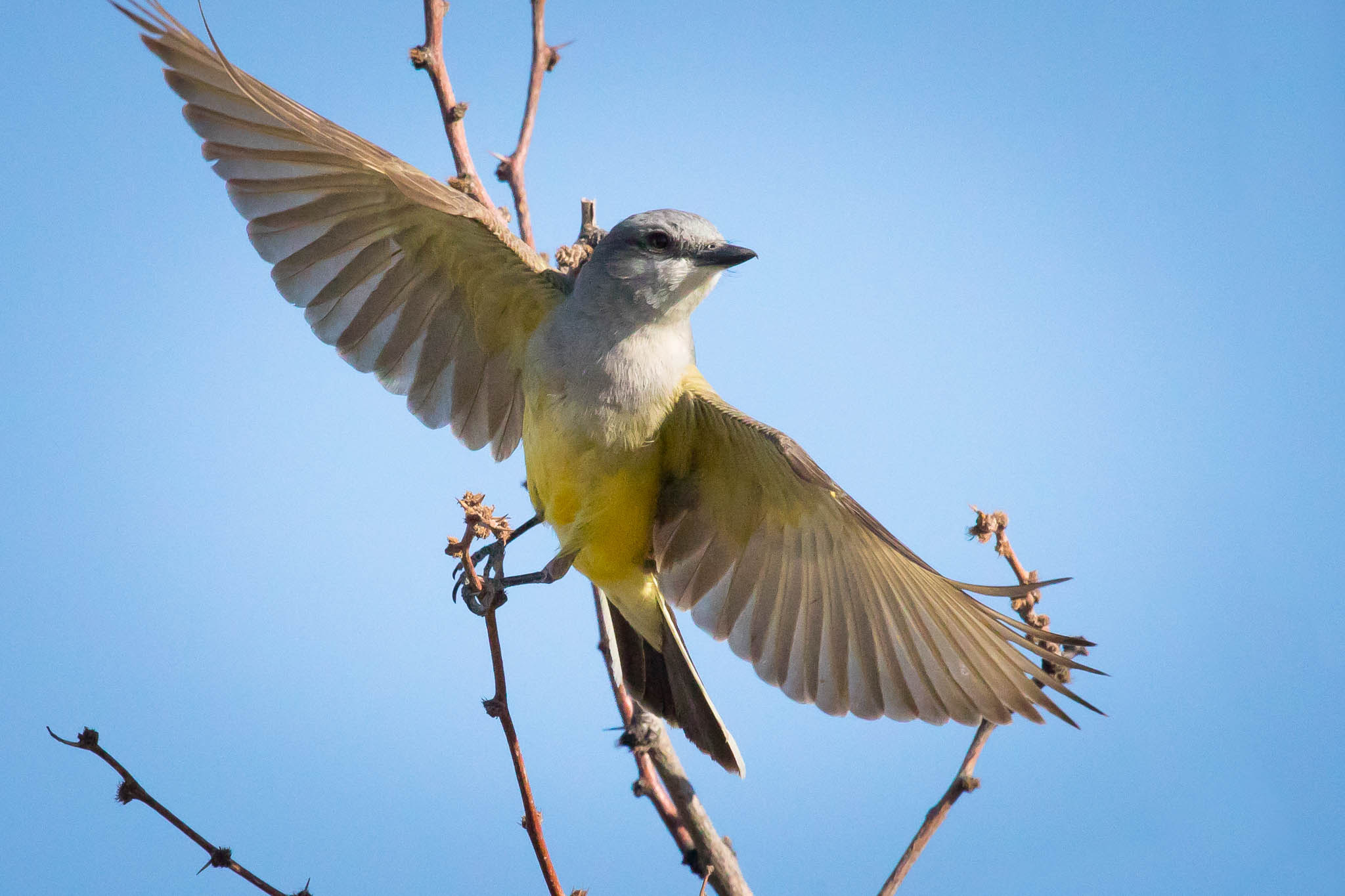
Taking Flight
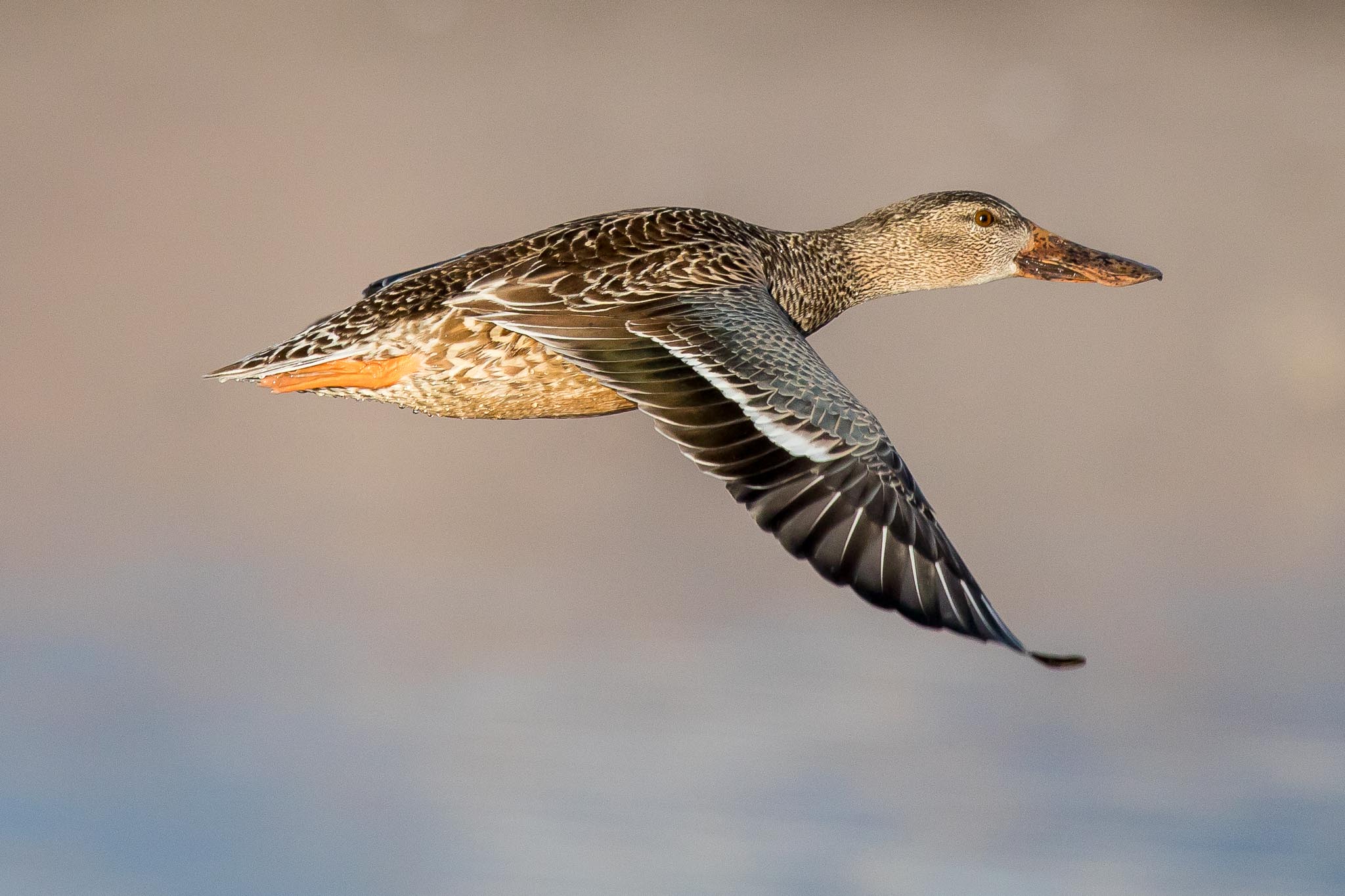
Flying Low
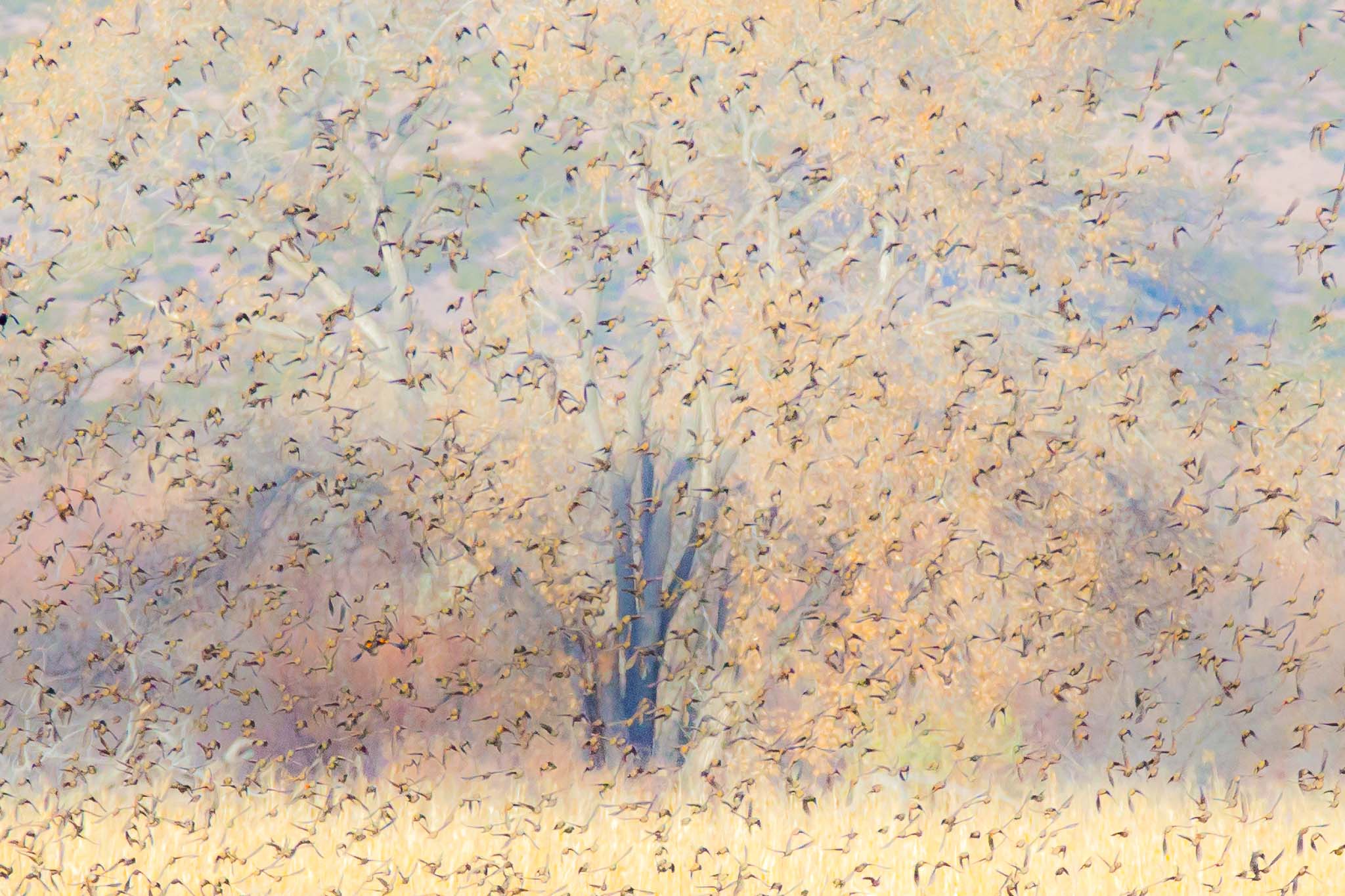
Four and Twenty
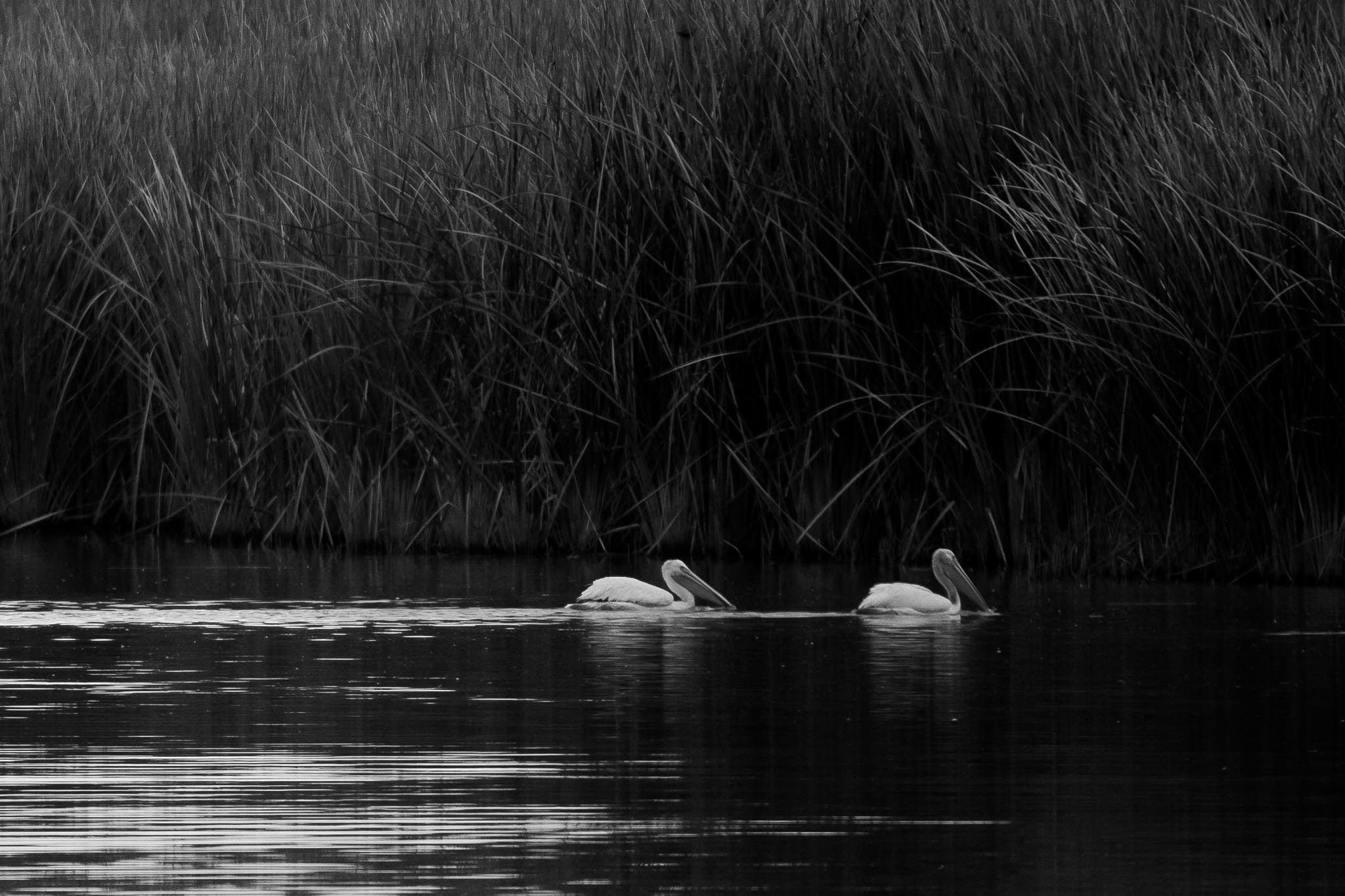
Daybreak at the Boardwalk
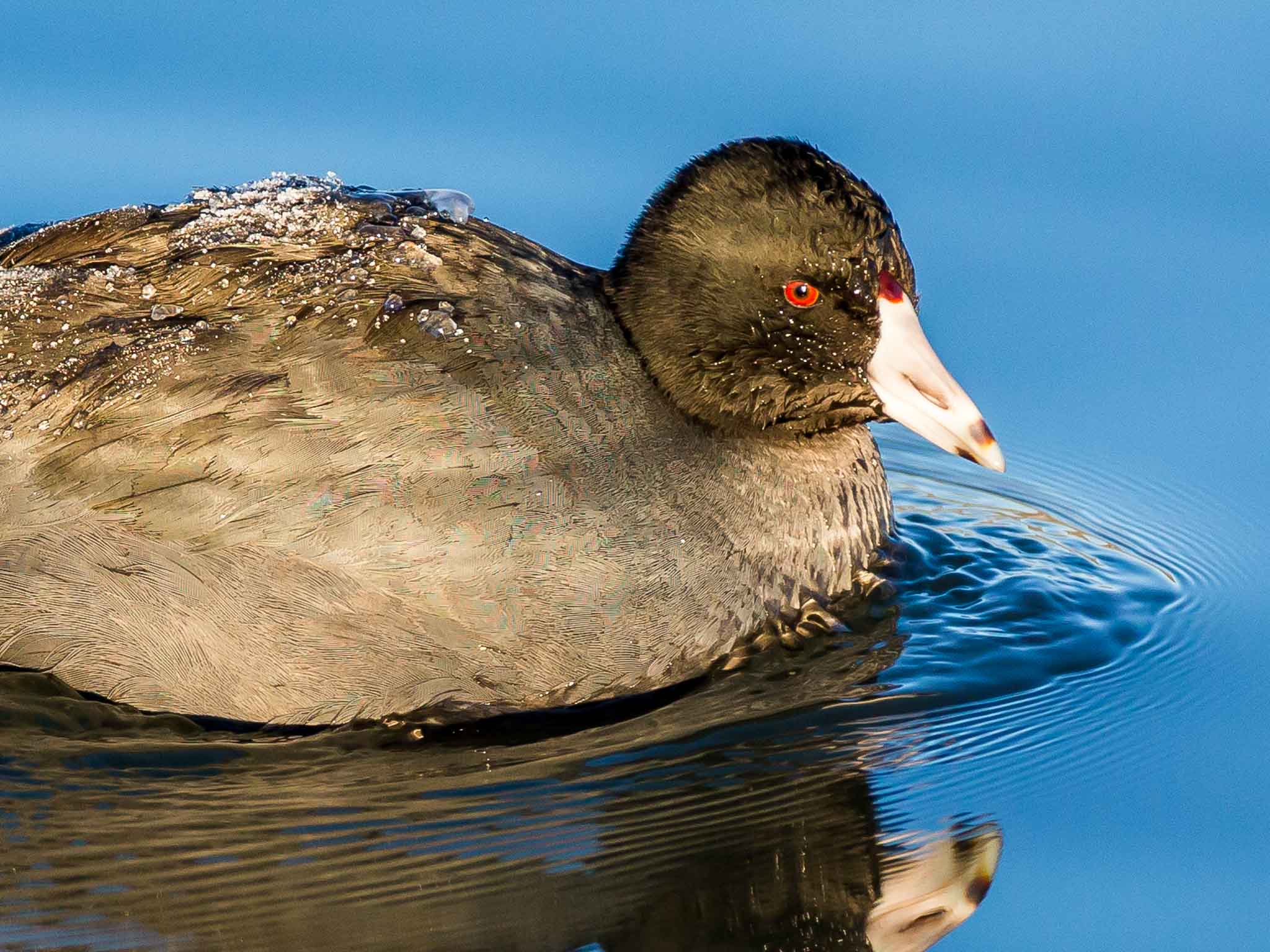
Call Me Frosty
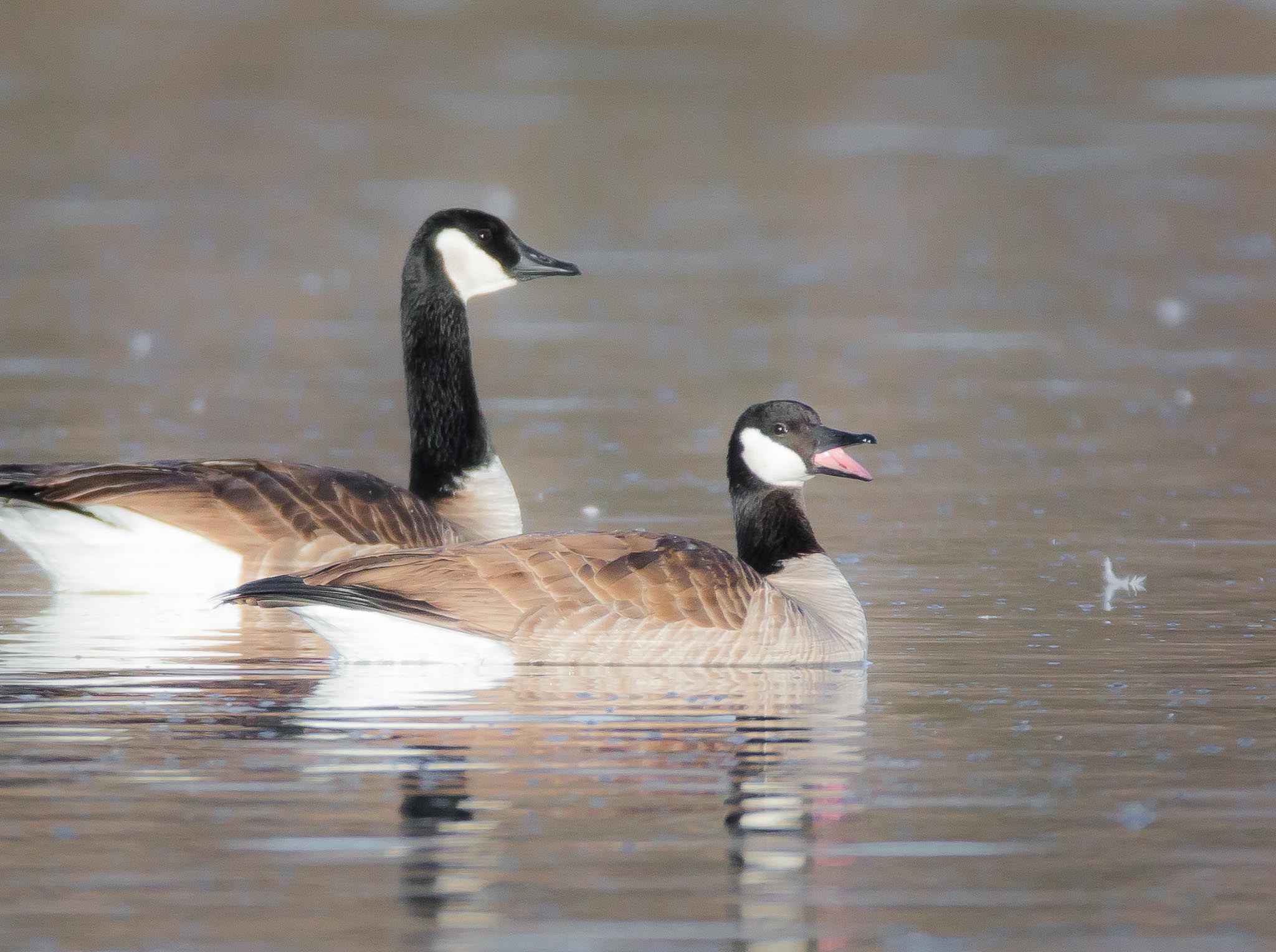
[insert snarky caption here]
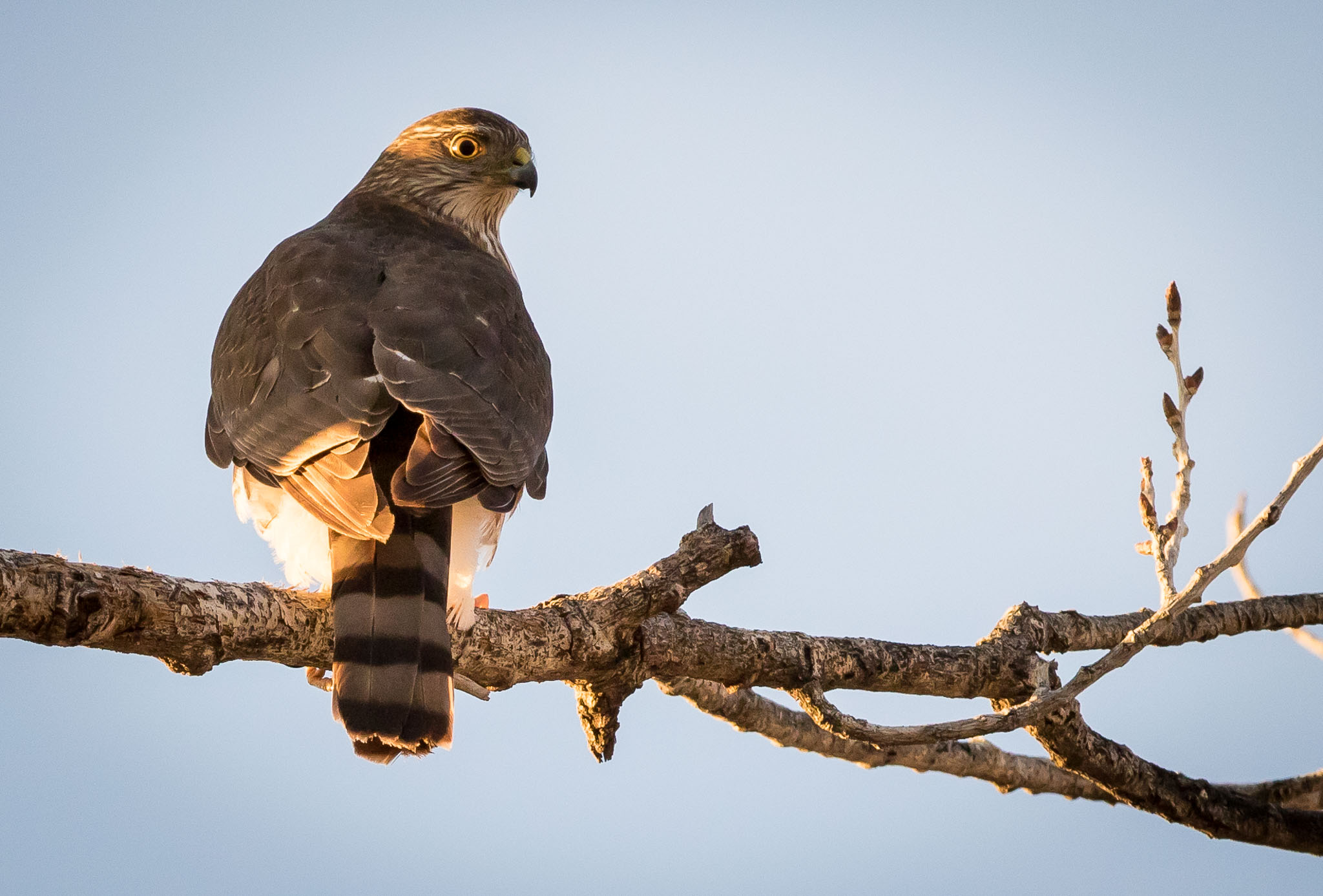
Sharp-shinned Hawk
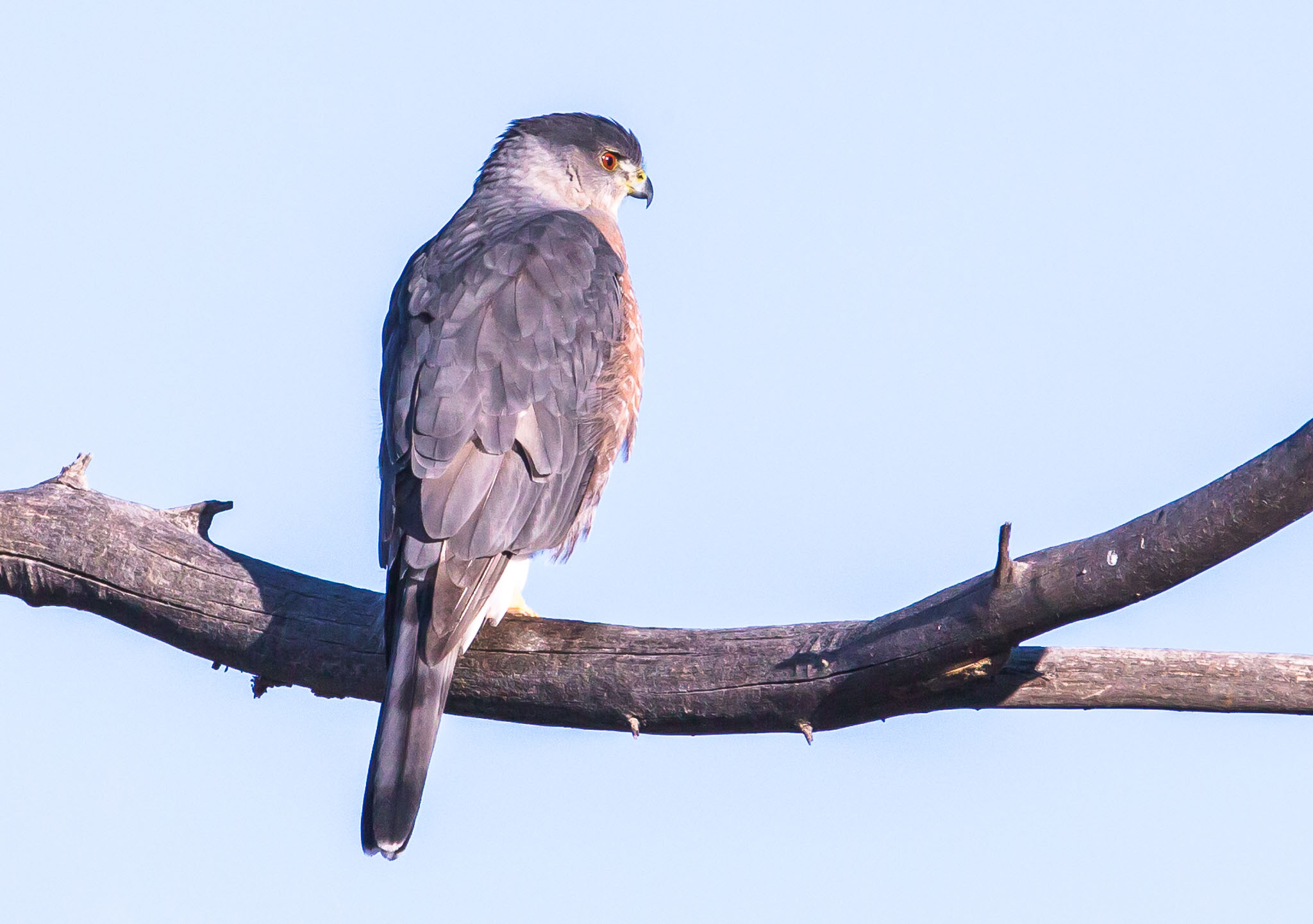
Cooper's Hawk
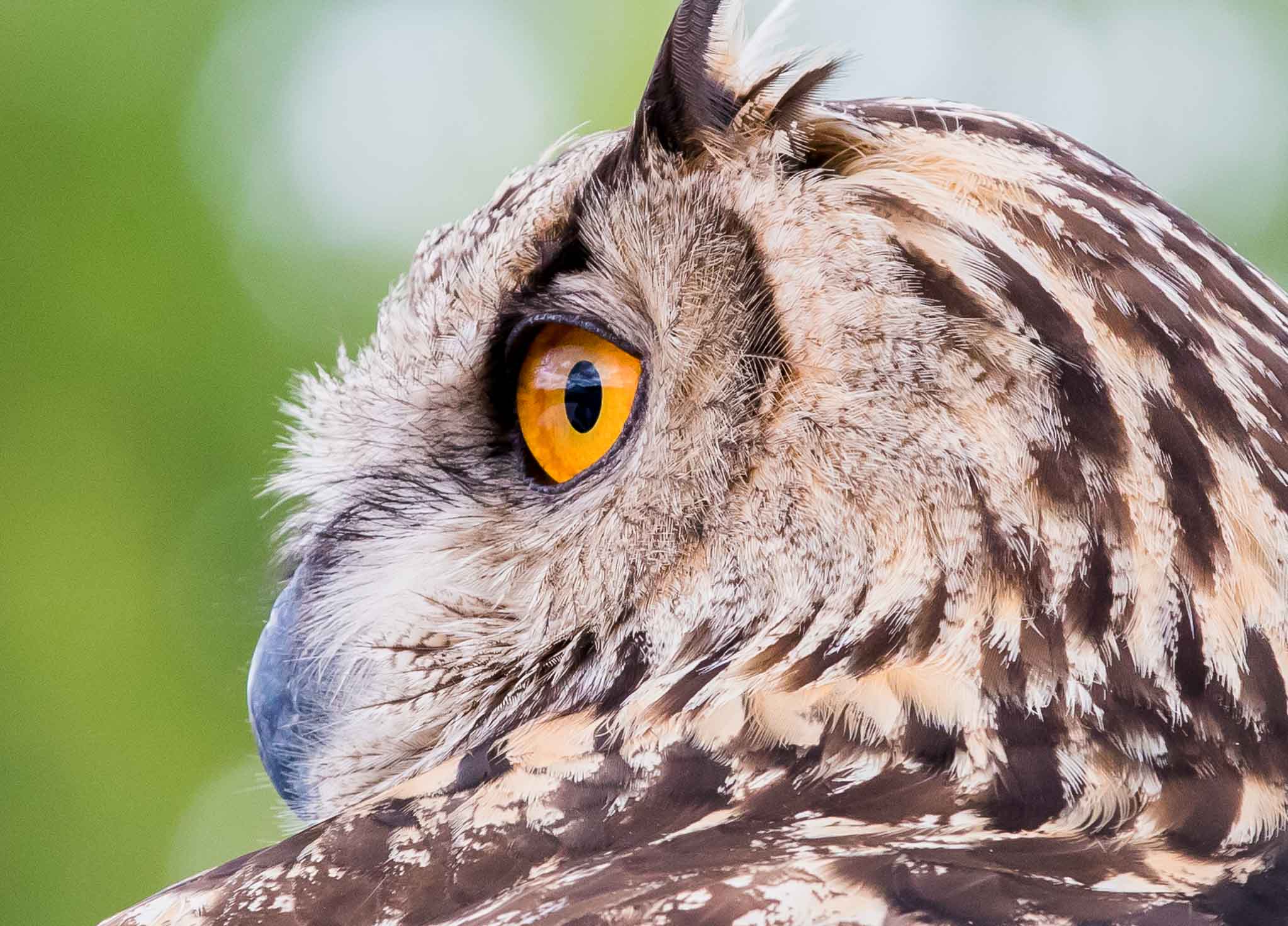
Luna, a Portrait
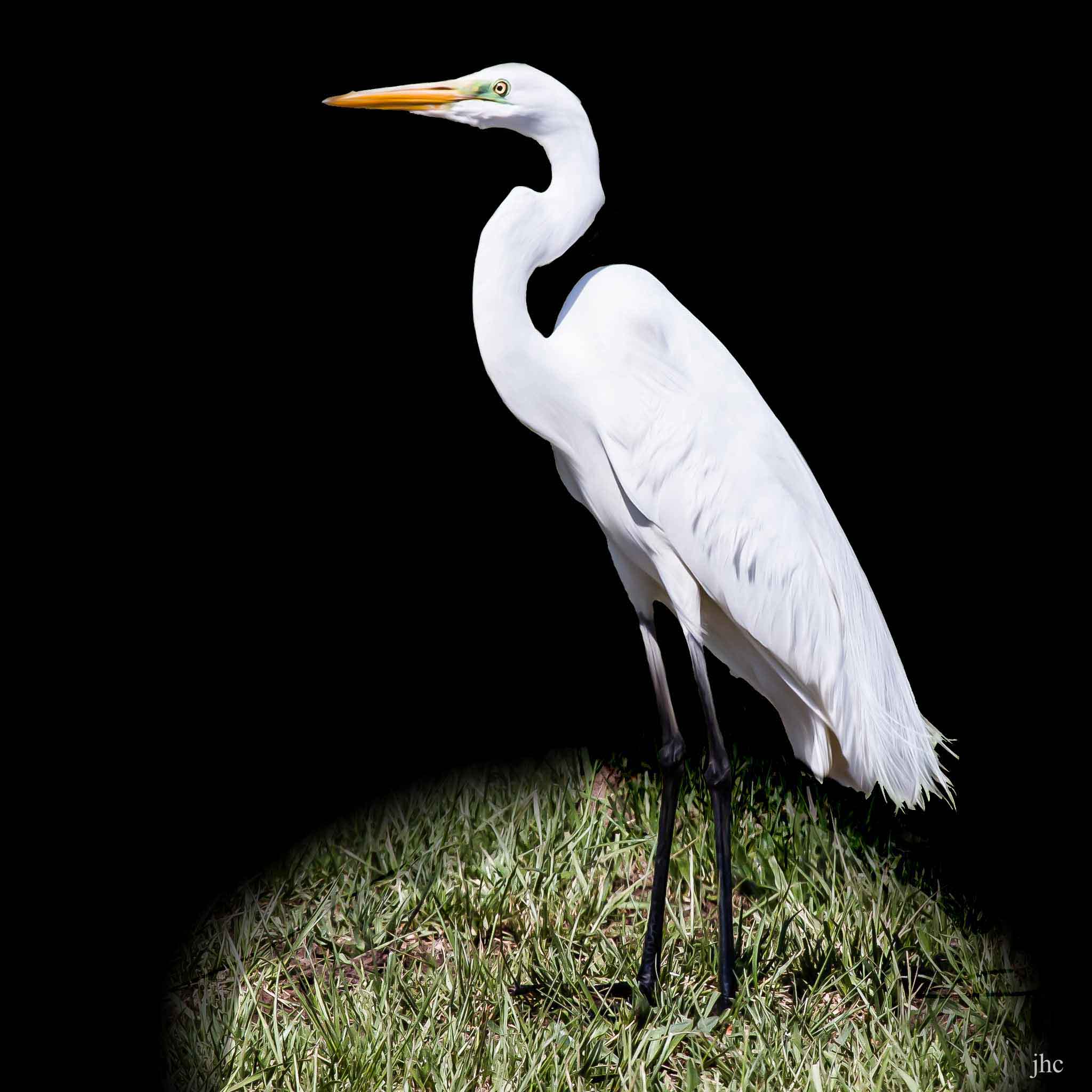
Great Egret, Re-imagined
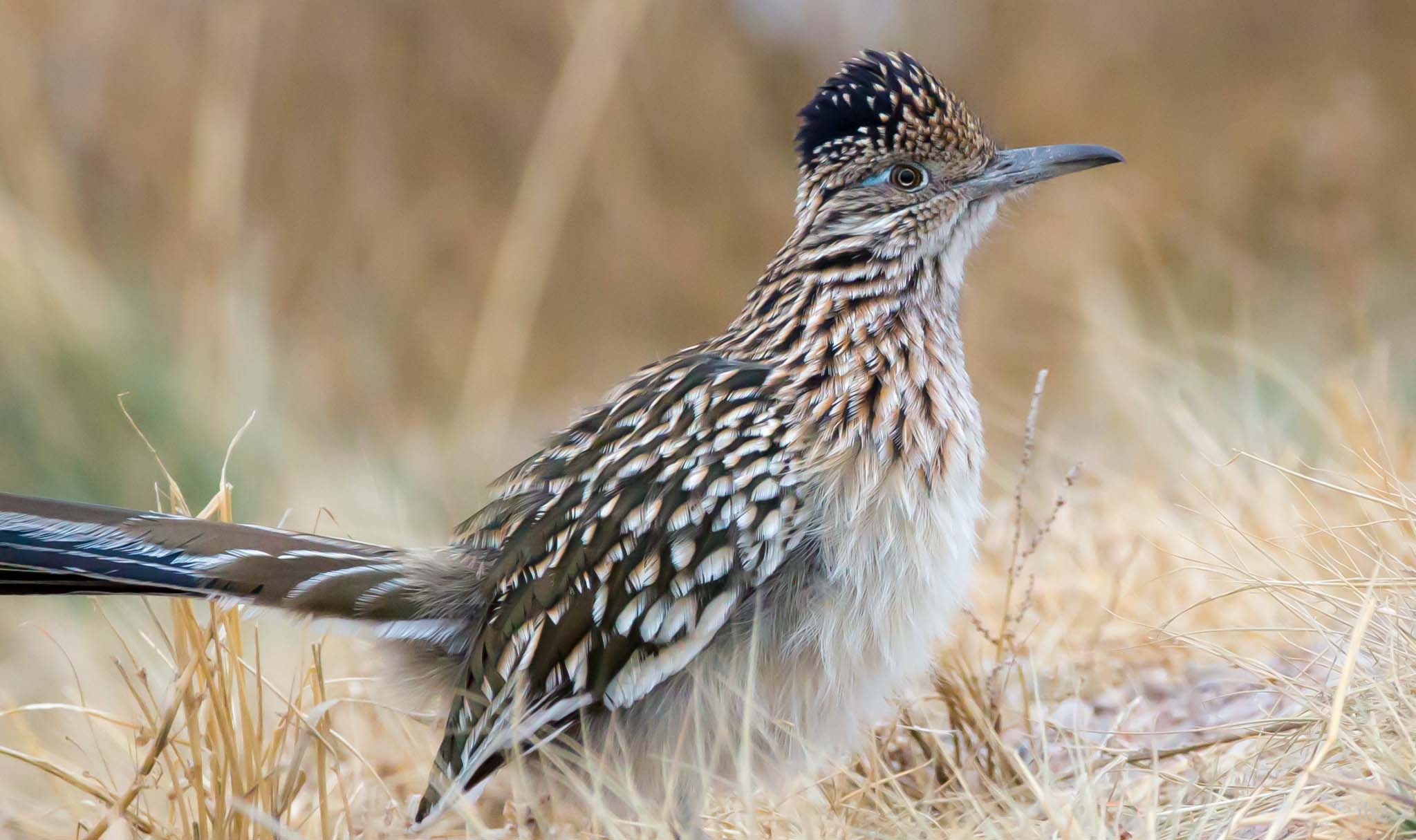
Greater Roadrunner, A Portrait
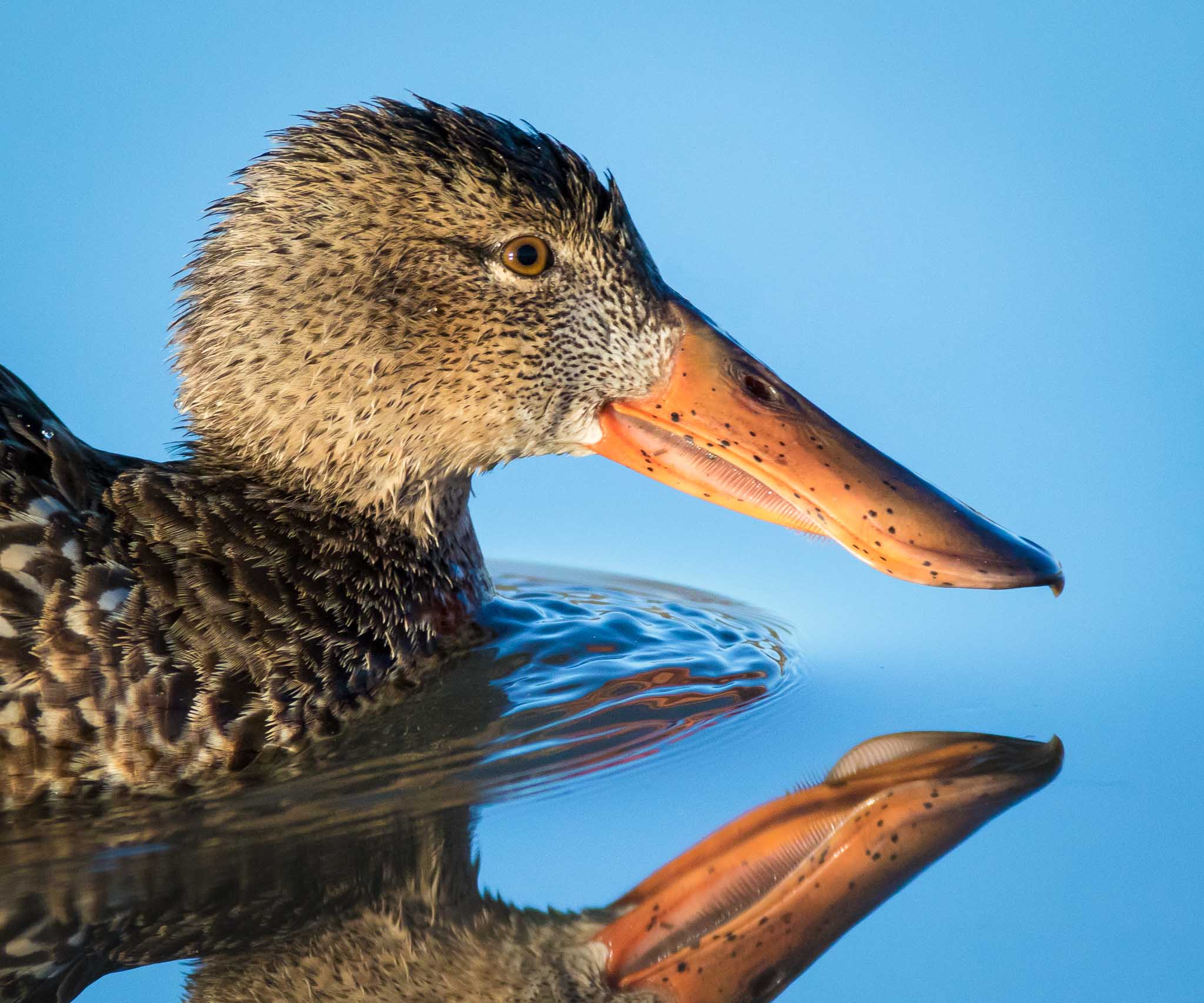
Northern Shoveler, Adult Female, A Portrait
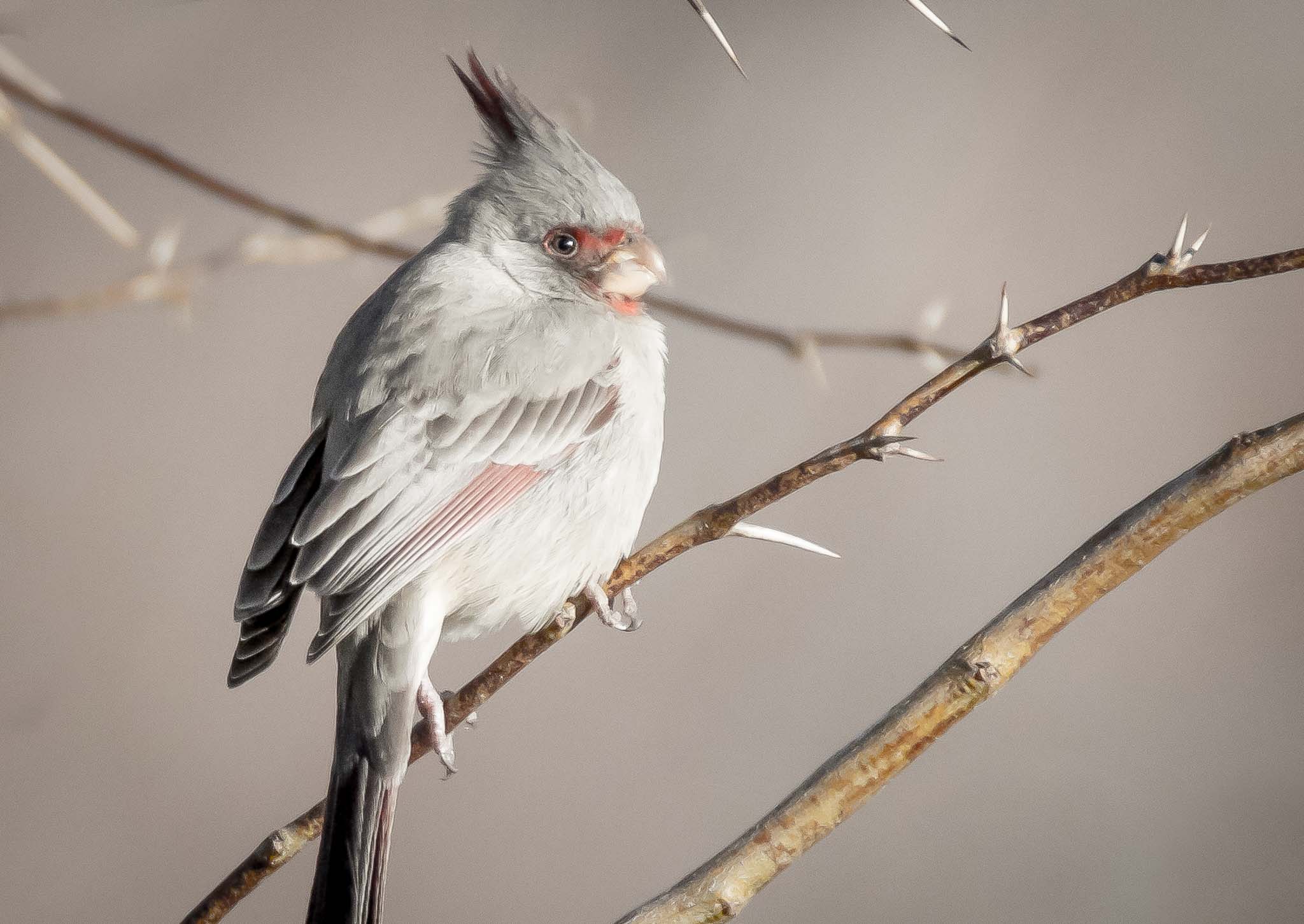
Pyrrhuloxia
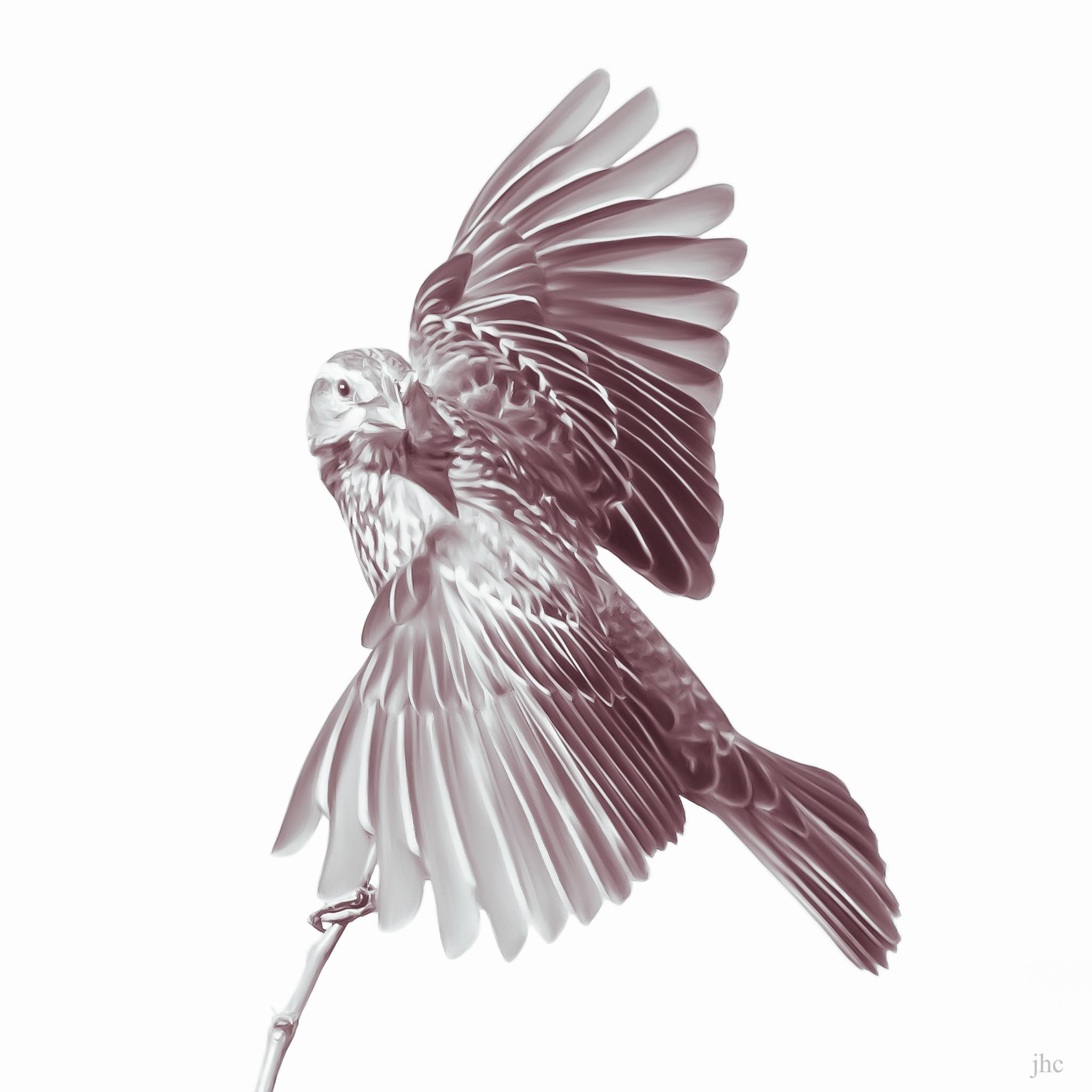
Red-winged Blackbird
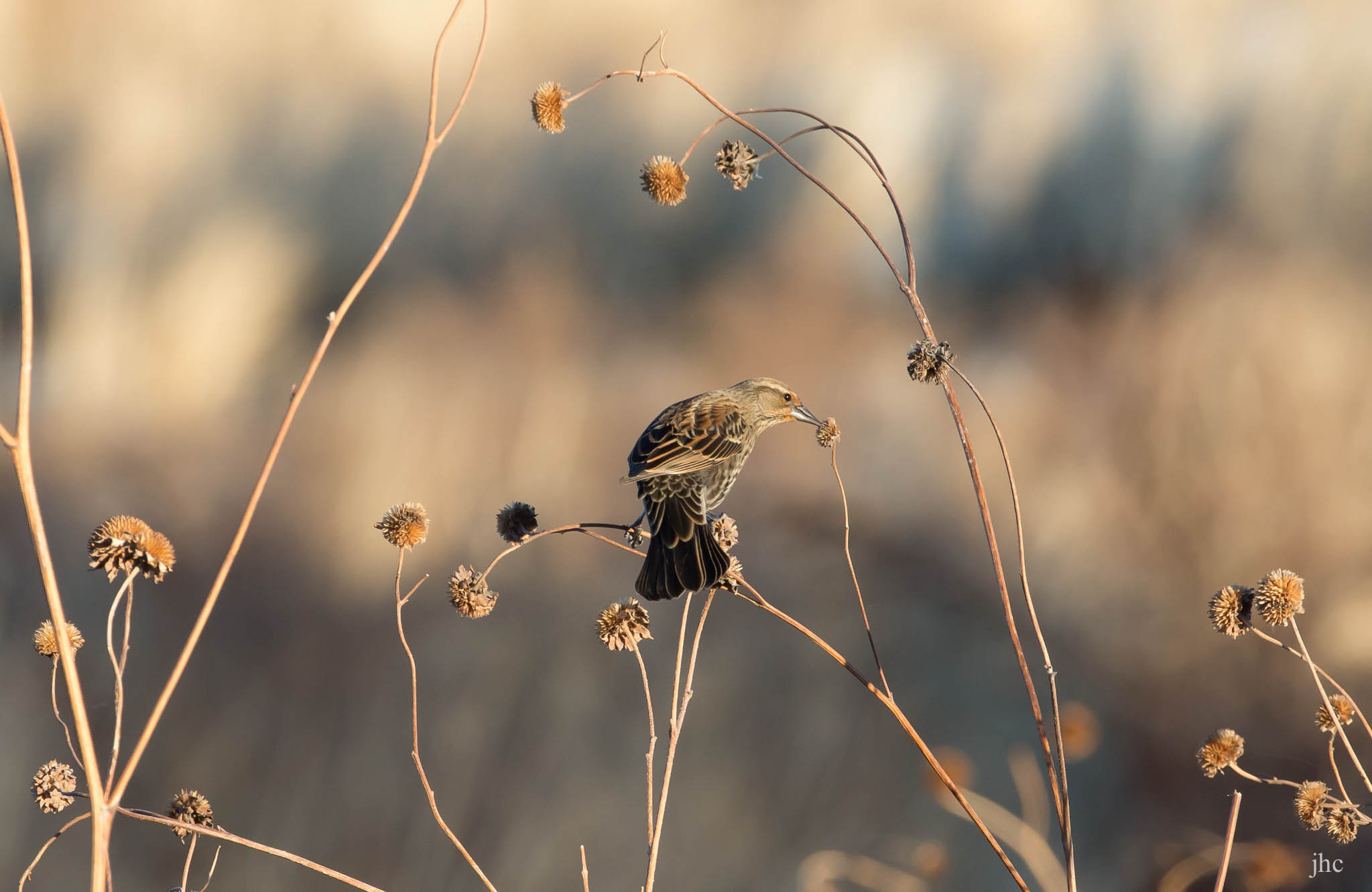
Smell the Roses
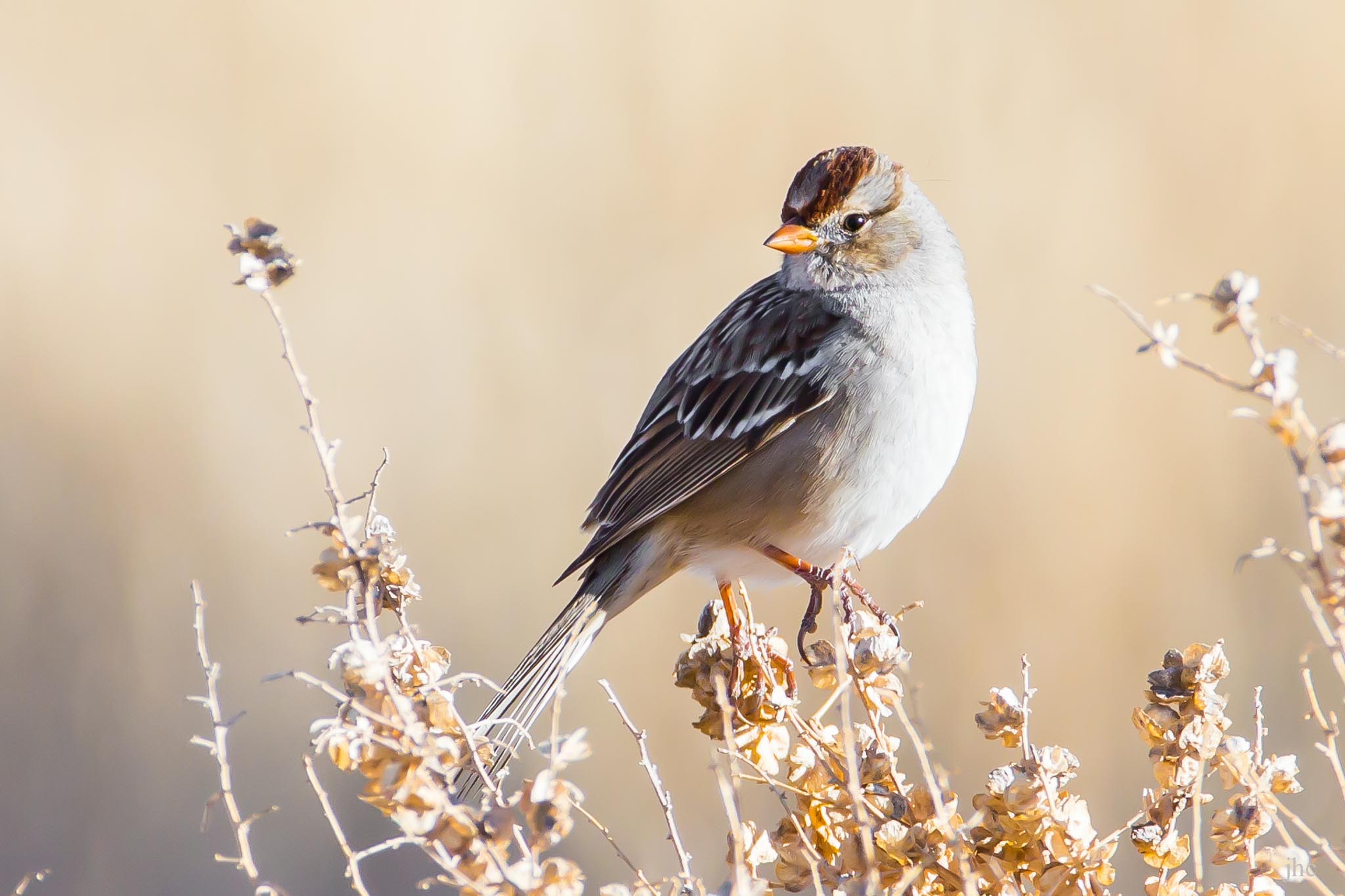
White-crowned Sparrow
Come Fly With Me
Vermilion Flycatcher - Young Male, Bosque del Apache National Wildlife Refuge, San Antonio NM
January 27th, 2024
This guy was having quite a tweet!
Vermilion Flycatcher
The vermilion flycatcher (Pyrocephalus obscurus) is a small passerine bird in the tyrant flycatcher family found throughout South America and southern North America. It is a striking exception among the generally drab Tyrannidae due to its vermilion-red coloration. The males have bright red crowns, chests, and underparts, with brownish wings and tails. Females lack the vivid red coloration and can be hard to identify—they may be confused for the Say's phoebe. The vermilion flycatcher's song is a pit pit pit pidddrrrreeedrr, which is variable and important in establishing a territory. Riparian habitats and semi-open environments are preferred. As aerial insectivores, they catch their prey while flying. Their several months-long molt begins in summer.
Despite being socially monogamous, vermilion flycatchers will engage in extra-pair copulation. They also practice within-species brood parasitism, whereby females lay their eggs in the nest of another individual. Females build shallow open cup nests and incubate the brown-speckled whitish eggs. The male feeds the female during incubation. Two broods of two or three eggs are laid in a season lasting from March through June. Once hatched, both males and females feed the chicks, which are ready to fledge after 15 days.
Wikipedia / Vermilion Flycatcher
Northern Pintail - Female
Bosque del Apache National Wildlife Refuge, San Antonio NM
November 11, 2019
Northern Pintail
The pintail or northern pintail (Anas acuta) is a duck with wide geographic distribution that breeds in the northern areas of Europe, Asia and North America. It is migratory and winters south of its breeding range to the equator. Unusually for a bird with such a large range, it has no geographical subspecies if the possibly conspecific duck Eaton's pintail is considered to be a separate species.
This is a large duck, and the male's long central tail feathers give rise to the species' English and scientific names. Both sexes have blue-grey bills and grey legs and feet. The drake is more striking, having a thin white stripe running from the back of its chocolate-coloured head down its neck to its mostly white undercarriage. The drake also has attractive grey, brown, and black patterning on its back and sides. The hen's plumage is more subtle and subdued, with drab brown feathers similar to those of other female dabbling ducks. Hens make a coarse quack and the drakes a flute-like whistle.
The northern pintail is a bird of open wetlands which nests on the ground, often some distance from water. It feeds by dabbling for plant food and adds small invertebrates to its diet during the nesting season. It is highly gregarious when not breeding, forming large mixed flocks with other species of duck. This duck's population is affected by predators, parasites and avian diseases. Human activities, such as agriculture, hunting and fishing, have also had a significant impact on numbers.
Wikipedia / Northern Pintail
Rock Wren
City of Rocks State Park, Faywood NM
March 28, 2018
Cute little guy. Perched on a rock, awaiting its turn to drop down to the puddle under the hydrant for a drink.
Rock Wren
The rock wren (Salpinctes obsoletus) is a small songbird of the wren family native to South America and western North America. It is the only species in the genus Salpinctes. Adults are about 12 cm long. They have grey-brown upperparts with small black and white spots and pale grey underparts with a light brown rump. Additional distinctive features include a light grey line over the eye, a long slightly decurved thin bill, a long barred tail and dark legs. They actively hunt on the ground, around and under objects, probing with their bill as their extraction tool. They mainly eat insects and spiders. Its song is a trill that becomes more varied during the nesting season. These birds are permanent residents in the south of their range, but northern populations migrate to warmer areas from the central United States and southwest Canada southwards. They are occasional vagrants in the eastern United States. During the breeding season, they move to dry, rocky locations, including canyons, from southwestern Canada south to Costa Rica to build cup nests in a crevice or cavity, usually among rocks.
Wikipedia / Rock Wren
May 2017 Rest in Peace
Bald Eagle, Bosque del Apache National Wildlife Refuge, San Antonio NM
December 31, 2017
This past year has been a trying one for Mother Earth. May 2018 bring better times.
"Young people have helped lead all our great movements. How inspiring to see again in so many smart, fearless stdents standing up for their right to be safe; marching and organizing to remake the world as it should be. We’ve been waiting for you. And we’ve got your backs."
Barack Obama
Hopefully the students of Marjory Stoneman Douglas High School can lead us to our senses and guide us in finally ending the epidemic of mass shootings across this land.
Breakfast at Dawn
White-faced Ibis, Bosque del Apache National Wildlife Refuge, San Antonio NM
October 23, 2017
The waters at the Bosque are carefully managed. The landscape is contoured in a way that allows the staff to flood what at other times are grasslands to create shallow ponds for wading birds. That’s what you see here. These White-faced Ibis are grazing at the edge of a flooded area reflecting the diffuse orange light of a rising sun.
White-faced Ibis
The white-faced ibis (Plegadis chihi) is a wading bird in the ibis family Threskiornithidae. This species breeds colonially in marshes, usually nesting in bushes or low trees. Its breeding range extends from the western United States south through Mexico, as well as from southeastern Brazil and southeastern Bolivia south to central Argentina, and along the coast of central Chile. Its winter range extends from southern California and Louisiana south to include the rest of its breeding range.
The white-faced ibis is very similar to the glossy ibis in its non-breeding plumages, but it tends to be slightly smaller and the plumage color is somewhat warmer. Breeding adults have a pink bare face bordered with white feathers (rather than a bluish bare face with no bordering feathers), a grey bill, and brighter colored, redder legs. Adults have red eyes year-round, whereas glossy ibises have dark eyes. Juveniles of the two species are nearly identical.
Wikipedia / White-faced Ibis
Taking Flight
Western Kingbird, Pancho Villa State Park, Columbus NM
April 20, 2017
A bug! Grab it! ...
Western Kingbird
The Western Kingbird is very similar to and easily confused with Cassin's kingbird, Couch's kingbird and the tropical kingbird, all of which overlap the western kingbird's range to some extent. The western, however, is generally lighter in coloration and can be distinguished from these species by the black squared tail with white outer webs, as well as voice.
Their breeding habitat is open areas in western North America. The increase in trees throughout the Great Plains during the past century due to fire suppression and tree planting facilitated the range expansion of the western kingbird as well as range expansions of many other species of birds. Kingbirds make a sturdy cup nest in a tree or shrub, sometimes on top of a pole or other man-made structure. Three to five eggs are laid and incubated for 12 to 14 days.
The name kingbird is derived from their "take-charge" behaviour. These birds aggressively defend their territory, even against much larger birds such as hawks.
These birds migrate in flocks to Florida and the Pacific coast of southern Mexico and Central America.
They wait on an open perch and fly out to catch insects in flight, sometimes hovering and then dropping to catch food on the ground. They also eat berries.
The song is a squeaky chatter, sometimes compared to a squeaky toy. The call is a sharp loud whit. It occasionally sings before sunrise.
Wikipedia / Western Kingbird
Flying Low
Female Northern Shoveler, Bosque del Apache National Wildlife Refuge, San Antonio NM
January 5, 2017
This Northern Shoveler just took off from the pond letting me get this nice shot lit from below by early morning sunlight reflected off the water.
Northern Shoveler Behavior
Northern shovelers feed by dabbling for plant food, often by swinging its bill from side to side and using the bill to strain food from the water. They use their highly specialized bill (from which their name is derived) to forage for aquatic invertebrates – a carnivorous diet. Their wide-flat bill is equipped with well-developed lamellae – small, comb-like structures on the edge of the bill that act like sieves, allowing the birds to skim crustaceans and plankton from the water's surface. This adaptation, more specialized in shovelers, gives them an advantage over other puddle ducks, with which they do not have to compete for food resources during most of the year. Thus, mud-bottomed marshes rich in invertebrate life are their habitat of choices.
The shoveler prefers to nest in grassy areas away from open water. Their nest is a shallow depression on the ground, lined with plant material and down. Hens typically lay about nine eggs. The drakes are very territorial during breeding season and will defend their territory and partners from competing males. Drakes also engage in elaborate courtship behaviors, both on the water and in the air; it is not uncommon for a dozen or more males to pursue a single hen. Despite their stout appearance, shovelers are nimble fliers.
This is a fairly quiet species. The male has a clunking call, whereas the female has a Mallard-like quack.
Wikipedia / Northern Shoveler
Four and Twenty
Blackbirds, Bosque del Apache National Wildlife Refuge, San Antonio NM
December 13, 2016
I took a bunch of photos of this flock of blackbirds moving from place to place in the cornfields along the Farm Loop this morning. On review this pastel composition caught my eye. There are 26 species of New World blackbirds. I have no idea how many were represented in this flock.
New World Blackbirds
The New World blackbirds consist of 26 species of icterid birds that share the name blackbird but do not correspond with a formal taxon. The distributions of all species are limited to the Americas, and this group is distinct from the Eurasian common blackbird (Turdus merula).
Wikipedia / New World Blackbird
Daybreak at the Boardwalk
American White Pelicans, Bosque del Apache National Wildlife Refuge, San Antonio NM
November 1, 2016
There wasn't a lot going on at the Bosque Boardwalk to photograph - just a few pelicans going about their morning under this stunning red sky at sunrise.
It was a good outing - I got two nice images this beautiful morning.
Call Me Frosty
American Coot, Bosque del Apache National Wildlife Refuge, San Antonio NM
January 17, 2015
I caught this American Coot gliding about the pond just as the sun rose on a cold Bosque morn.
American Coot
The American coot (Fulica americana), also known as a mud hen, is a bird of the family Rallidae. Though commonly mistaken to be ducks, American coots belong to a distinct order. Unlike the webbed feet of ducks, coots have broad, lobed scales on their lower legs and toes that fold back with each step in order to facilitate walking on dry land. Coots live near water, typically inhabiting wetlands and open water bodies in North America. Groups of coots are called covers or rafts. The oldest known coot lived to be 22 years old.
Wikipedia / American Coot
[insert snarky caption here]
Bosque del Apache National Wildlife Refuge, San Antonio NM
January 20, 2015
Canada Geese are everywhere and I seldom photograph them but these two swam by as I was photographing a Bald Eagle dining on a Snow Goose in the pond and I snapped a few shots anyway. Glad I did, the bald eagle shots were not good.
Canada Goose
The Canada goose (Branta canadensis) is a large wild goose species with a black head and neck, white patches on the face, and a brown body. Native to arctic and temperate regions of North America, its migration occasionally reaches northern Europe. It has been introduced to Britain, New Zealand, Argentina, Chile, and the Falkland Islands. Like most geese, the Canada goose is primarily herbivorous and normally migratory; it tends to be found on or close to fresh water.
Extremely successful at living in human-altered areas, Canada geese have proven able to establish breeding colonies in urban and cultivated areas, which provide food and few natural predators, and are well known as a common park species. Their success has led to them sometimes being considered a pest species because of their depredation of crops and issues with their noise, droppings, aggressive territorial behavior, and habit of begging for food, especially in their introduced range. Canada geese are also among the most commonly hunted waterfowl in North America.
Wikipedia / Canada Goose
Sharp-shinned Hawk
Pancho Villa State Park, Columbus NM
February 26, 2015
This guy was intent on flushing a Great Horned Owl from its day roost in a nearby pine. It's diving passes at the owl didn't work and it soon gave up.
Cooper's Hawk
Bosque del Apache National Wildlife Refuge, San Antonio NM
October 31, 2014
Be ever vigilant; you never know when dinner will appear...
Luna, a Portrait
Eurasian Eagle-owl, The Raptor Project show, Berkshire Mall, Lanesboro MA
August 8, 2015
Luna, a Eurasian Eagle-owl with The Raptor Project show
Saturday mornings I will stock up on veggies at the Farmers Market at the defunct Berkshire Mall in Lanesboro MA, then head on out to get on with my day. Yesterday was a bit different. The Mall was holding a family festival and a featured attraction was a visit by The Raptor Project so I hung around for the 12:00 show.
The Raptor Project
The Raptor Project is an extraordinary and outstanding array of eagles, hawks, falcons and owls that have won the rapt attention of enthralled audiences throughout the nation. Presenting almost 1000 educational programs to over 10 million people annually, The Raptor Project leads the way in outstanding, top quality, professional wildlife education. Featuring 15-20 raptors from diverse habitats at each presentation, these dynamic fierce predators capture hearts of both young and old.
The Raptor Project founders, Jonathan and Susan Wood of New York's Catskill mountains have assembled a traveling collection of feathered predators that is unrivaled in scope and size anywhere in the world. Jonathan Wood is a Master Falconer and Wildlife Rehabilitation, bringing unique insights, observations and humor to his exciting, riveting, nationally acclaimed shows.
Quoted from The Raptor Project website.
Eurasian eagle-owl
The Eurasian eagle-owl (Bubo bubo) is a species of eagle-owl that resides in much of Eurasia. It is sometimes called the European eagle-owl and is, in Europe, where it is the only member of its genus besides the snowy owl (B. scandiacus), occasionally abbreviated to just eagle-owl.[3] It is one of the largest species of owl, and females can grow to a total length of 75 cm (30 in), with a wingspan of 188 cm (6 ft 2 in), males being slightly smaller. This bird has distinctive ear tufts, with upper parts that are mottled with darker blackish colouring and tawny and the wings and tail are barred. The underparts are a variably hued buff, streaked with darker colour. The facial disc is poorly developed and the orange eyes are distinctive.
Besides being one of the largest living species of owl, it is also one of the most widely distributed. The Eurasian eagle-owl is found in a number of habitats but is mostly a bird of mountain regions, coniferous forests, steppes and other relatively remote places. It is a mostly nocturnal predator, hunting for a range of different prey species, predominately small mammals but also birds of varying sizes, reptiles, amphibians, fish, large insects and other assorted invertebrates. It typically breeds on cliff ledges, in gullies, among rocks or in some other concealed locations. The nest is a scrape in which averages of two eggs are laid at intervals and which hatch at different times. The female incubates the eggs and broods the young, and the male provides food for her and when they hatch, for the nestlings as well. Continuing parental care for the young is provided by both adults for about five months. There are at least a dozen subspecies of Eurasian eagle-owl.
With a total range in Europe and Asia of about 32 million square kilometres (12 million square miles) and a total population estimated to be between 250 thousand and 2.5 million individuals, the IUCN lists the bird's conservation status as being of "least concern".
Wikipedia / Eurasian Eagle-owl
Great Egret, Re-imagined
San Antonio NM
April 21, 2010
I did a little creative editing here...
Greater Roadrunner, A Portrait
Bosque del Apache National Wildlife Refuge, San Antonio NM
December 12, 2013
These guys can be such fun!
Greater Roadrunner
The greater roadrunner (Geococcyx californianus) is a long-legged bird in the cuckoo family, Cuculidae, from Southwestern United States and Mexico. The Latin name means "Californian earth-cuckoo". Along with the lesser roadrunner, it is one of two species in the roadrunner genus Geococcyx. This roadrunner is also known as the chaparral cock, ground cuckoo, and snake killer.
Wikipedia / Greater Roadrunner
Northern Shoveler, Adult Female, A Portrait
Bosque del Apache National Wildlife Refuge, San Antonio NM
December 18, 2014
The light! The light!...
Pyrrhuloxia
Paseo del Rio Campground, Truth or Consequences NM
February 4, 2015
Pyrrhuloxia
The pyrrhuloxia or desert cardinal (Cardinalis sinuatus) is a medium-sized North American song bird found in the American southwest and northern Mexico. This distinctive species with a short, stout bill, red crest and wings, closely resembles the northern and the vermilion cardinals which are in the same genus.
The most obvious differences between the male desert cardinal and the northern cardinal are in their coloring. The desert cardinal is predominantly brownish-gray with a red breast, a red mask, and a yellow parrot-like bill that is stout and rounded The females of the two species resemble each other much more closely, but the shapes of their bills are diagnostic. The songs of the two species are identical, though the pyrrhuloxia's is not quite as loud. This cardinal retains the distinctive long pointed red crest present in all species.
The pyrrhuloxia is a year-round resident of desert scrub and mesquite thickets, in the U.S. states of Arizona, New Mexico, and Texas and woodland edges in Mexico. It occupies the southwestern half of Texas, approximately the southern third of New Mexico, and southeastern region of Arizona. Its range flows further south inhabiting areas from the west to east coast of Mexico north of the Sierra Madre del Sur, Trans-Mexican Volcanic Belt and Isthmus of Tehuantepec, whilst excluding the Sierra Madre Occidental. An individual of the species has reportedly been seen as far away from its dominant range as Costa Mesa, California in Orange County.
This cardinal is relatively nonmigratory, though it may occasionally stray slightly north of its usual range. The pyrrhuloxia prefers habitat along stream beds. In areas where the range of the pyrrhuloxia and northern cardinal overlap, hybridization may occur between them. There seem to be no conflicts between the species as none have yet been reported.
Wikipedia / Pyrrhuloxia
Red-winged Blackbird
Bosque Birdwatchers RV Park, San Antonio NM
March 31, 2010
This is the result of an early experiment with modifying a photograph using the Procreate application on the iPad. I think this technique holds a lot of expressive potential for me. We’ll have to see where it goes...
Smell the Roses
Female Red-winged Blackbird and Sunflower Seed Head, Bosque del Apache National Wildlife Refuge, San Antonio NM
January 1, 2014
Red-winged Blackbirds sure are fond of these sunflower seedheads.
Red-winged Blackbird
The red-winged blackbird (Agelaius phoeniceus) is a passerine bird of the family Icteridae found in most of North and much of Central America. It breeds from Alaska and Newfoundland south to Florida, the Gulf of Mexico, Mexico, and Guatemala, with isolated populations in western El Salvador, northwestern Honduras, and northwestern Costa Rica. It may winter as far north as Pennsylvania and British Columbia, but northern populations are generally migratory, moving south to Mexico and the southern United States. It can also be seen in NWT, Canada. Claims have been made that it is the most abundant living land bird in North America, as bird-counting censuses of wintering red-winged blackbirds sometimes show that loose flocks can number in an excess of a million birds per flock and the full number of breeding pairs across North and Central America may exceed 250 million in peak years. It also ranks among the best-studied wild bird species in the world. The red-winged blackbird is sexually dimorphic; the male is all black with a red shoulder and yellow wing bar, while the female is a nondescript dark brown. Seeds and insects make up the bulk of the red-winged blackbird's diet.
Wikipedia / Red-winged Blackbird
White-crowned Sparrow
White-crowned Sparrow - First Winter, Bernardo Wildlife Management Area, Bernardo NM
February 2, 2014
These are such common little birds in the west I find it easy to overlook them but they can be quite beautiful when caught in a close-up.
White-crowned Sparrow
The white-crowned sparrow (Zonotrichia leucophrys) is a medium-sized sparrow native to North America.
Adults are 18 cm (7 in) long and have black and white stripes on their head, a gray face, brown streaked upper parts and a long tail. The wings are brown with bars and the underparts are gray. Their bill is pink or yellow. They are similar in appearance to the white-throated sparrow, but do not have the white throat markings or yellow lores.
Their breeding habitat is brushy areas across northern Canada and the western United States.
These birds forage on the ground or in low vegetation, but sometimes make short flights to catch flying insects. They mainly eat seeds, other plant parts and insects. In winter, they often forage in flocks.
White-crowned sparrows nest either low in bushes or on the ground under shrubs and lay three to five brown-marked gray or greenish-blue eggs.
The white-crowned sparrow is known for its natural alertness mechanism, which allows it to stay awake for up to two weeks during migration. This effect has been studied for possible human applications, such as shift-work drowsiness or truck driving.
Wikipedia / White-crowned Sparrow
